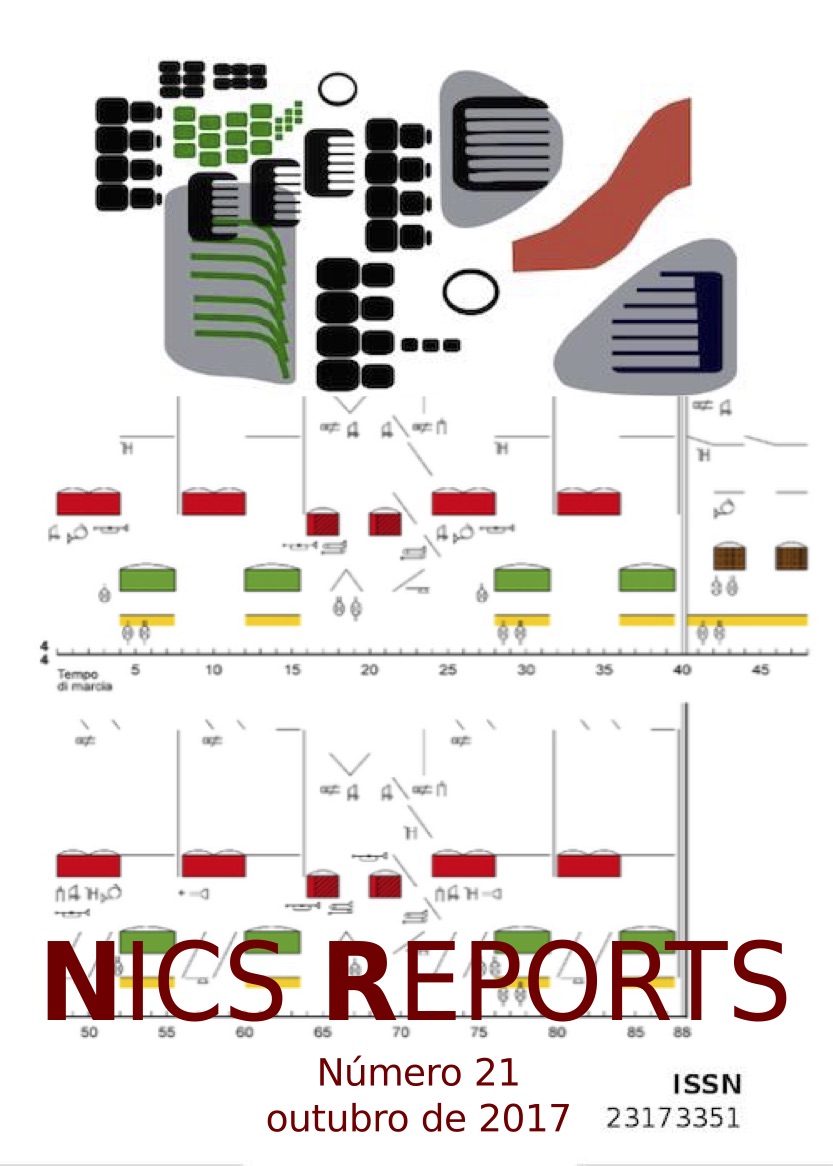Resumo
Free improvisation lets the performer to openly explore musical outcomes unbounded by any musical structure or notation. However, the human mind is naturally constrained by its own built-in habits. As such, musicians usually develop, during years of practice and aesthetic predilections, a repertoire of self-known musical patterns which are intentionally, and sometimes unconsciously, retrieved and used by them during improvisations.
This work presents an algorithm that aims to retrieve in real-time similarities during sessions of free improvisation of certain specific sound features so the musician can better manage his repertoire of musical patterns instead of be unconsciously guided by habits.
Referências
Andersen, Holly and Grush, Rick (2009) A Brief History of Time Consciousness: Historical Precursors to James and Husserl. Journal of the
History of Philosophy, 47 (2). pp. 277-307.
Loftus, Geoffrey R. (1985). Evaluating forgetting curves. Journal of Experimental Psychology: Learning, Memory, and Cognition.
(2): 397–406. doi: 10.1037/0278-7393.11.2.397.
Huron, David (2006). Sweet anticipation: music and the psychology of expectation. M.I.T. Press. ISBN 9780262582780.
Narmour, Eugene (1992). The Analysis and Cognition of Melodic Complexity: the Implication-Realization model. University of
Chicago Press. ISBN 0-226-56842-3
Bimbot, Frédéric; Emmanuel Deruty; Gabriel Sargent; Emmanuel Vincent (June 2012). Complementary report to the Article
"Semiotic structure labeling of music pieces: concepts, methods and annotation conventions (Proceedings ISMIR 2012).
Elizabeth H. Margulis (2005). "A model of melodic expectation". Music Perception.

Este trabalho está licenciado sob uma licença Creative Commons Attribution 4.0 International License.
Copyright (c) 2017 NICS Reports

